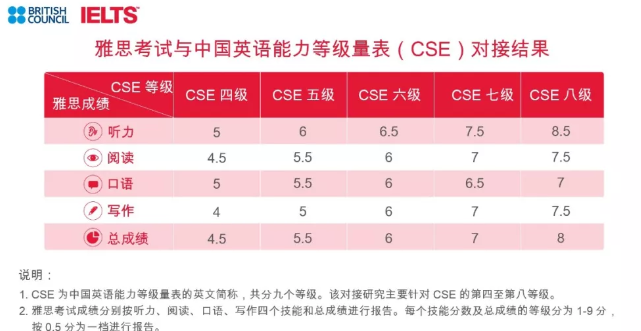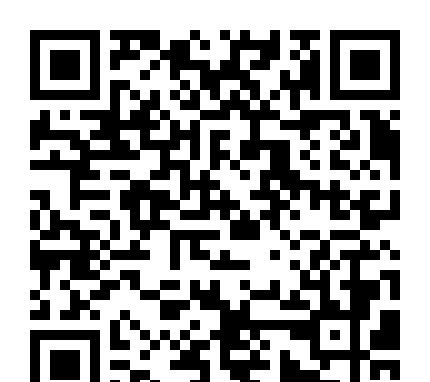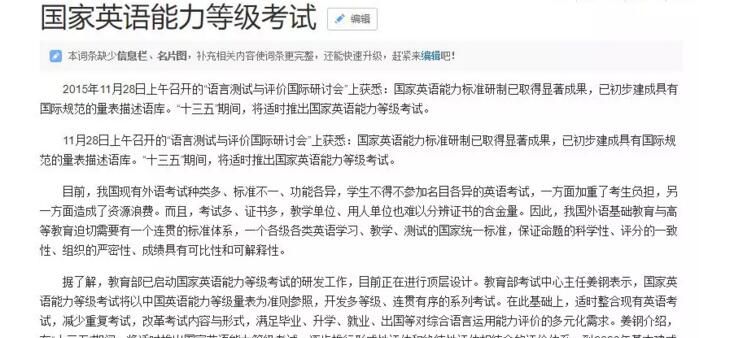LSAT考试全真试题一SECTION3
|
SECTION Ⅲ Time-35 minutes 26 Questions Directions: Each passage in this section if followed by a group of questions to be answered on the basis of what is stated or implied in the passage. For some questions, more than one of the choices could conceivably answer the question, However, you are to choose the best answer; that is, the response that most accurately and completely answers the question, and blacken the corresponding space on your answer sheet. The fairness of the judicial process depends on the objective presentation of facts to an impartial jury made up of one's peers. Present the facts, and you have a fair trial (5)However, fact-finding, especially for interpersonal disagreements, is not so straightforward and is often contaminated by variables that reach beyond the legal domain. (10)A trial is an attempt to transport jurors to the time and place of the disputed event, to recreate the disputed event, or at least to explain that event with maximum accuracy. A trial falls short of this goal, however. (15)because it presents selected witnesses who recite selected portions of their respective memories concerning selected observations of the disputed event. These multiple selections are referred to as the abstraction process. (20)Limitations in both perception and memory are responsible for the fact that the remembered event contains only a fraction of the detail present during the actual event, and the delay between observation and (25)recitation causes witnesses' memories to lose even more of the original perceptions. During the course of a trial, a witness's recitation of the now-abstracted events may reflect selected disclosure based on his or her (30)attitudes and motivations surrounding that testimony. Furthermore, the incidents reported are dependent on the lines of inquiry established by the attorneys involved. Accordingly, the recited data are a (35)fraction of the remembered data, which are a fraction of the observed data, which are a fraction of the total data for the event. After the event that led to the trial has been abstracted by participants in the trial, jurors (40)are expected to resolve factual issues. Some of the jurors' conclusions are based on facts that were directly recited; others are found inferentially. Here another abstraction process takes place. Discussions during deliberations. (45)add to the collective pool of recalled evidentiary perceptions; nonetheless, the jurors' abstraction processes further reduce the number of characteristics traceable to the number of characteristics traceable to the original event. (50)Complication can arise from false abstractions at each stage. Studies have shown that witnesses recall having perceived incidents that are known to be absent from a given event. Conversely, jurors can remember (55)hearing evidence that is unaccounted for in court transcripts.Explanations for these phenomena range from blas through prior conditioning or observer expectation to taully reportage of the event based on the event based on the (60)constraints of alnguage. Aberrant abstractions in perception or deliberate, but reliability is nevertheiess diluted. Finally, deliberate untruthfulness has always (65)been recognized as a risk of testimoniat evidence. Such intentionally false inaccuracies produced by the abstraction process. 1. In this passage, the author's main purpose is to (A) discuss a process that jeopardizes the famness of jury trials (B) analyze a methodology that safeguards the individual's right to fair trial (C) explain why jurors should view eyewiness testimony with skepticism (D) defend the trial-by-jury process, despite its limitations (E) point out the unavoidable abuses that have crept into the judicral process 2.The author considers all of the following obstacies to a fair trial EXCEFT (A) selective perceptions (B) faulty communications (C) partial disclosures (D) intentional falsifications (E) too few abstractions 3.The author would most likely agree that the abstraction process occurs in the judicial process primarily because (A) some jurors' conclusions are based on facts rather than on inferences (B) remembered events depend upon an undividual's emotions (C) human beings are the sources and users of data presented in trials (D) it is difficult to distinguish between deliberate faisenood and unintentional selected disclosure (E) witnesses often dispute on eanother's recoliections of events 4.It can be inferred that the author believes the ability of juries to resolve factual issues is (A) Lmited by any individual juror's tendency to draw inferences from the facts presented during the trial (B) Overwhelmed by the collective pool of recalled evidentiary perceptions (C) Unaffected by the process of trying to reenact the event leading to the trial (D) Dependent upon the jury's ability to understand the influence of the abstraction process on testimony (E) Subject to the same limitations of perception and memory that affect witnesses 5.With which one of the following statements would the author most likely agree? (A) If deliberate untruthfulness were all the courts had to contend with, jury trials would be fairer than they are today. (B) Lack of moral standards is more of an impediment to a fair trial than human frailty. (C) The bulk of the inaccuracies produced by the abstraction process are innocently presented and rarely have any serious consequences. (D) If the inaccuracies resulting from the abstraction process persist, the present trial-by-jury system is likely to become a thing of the past. (E) Once intentional falsification of evidence is eliminated from trials, ensuring an accurate presentation of facts will easily follow. |








